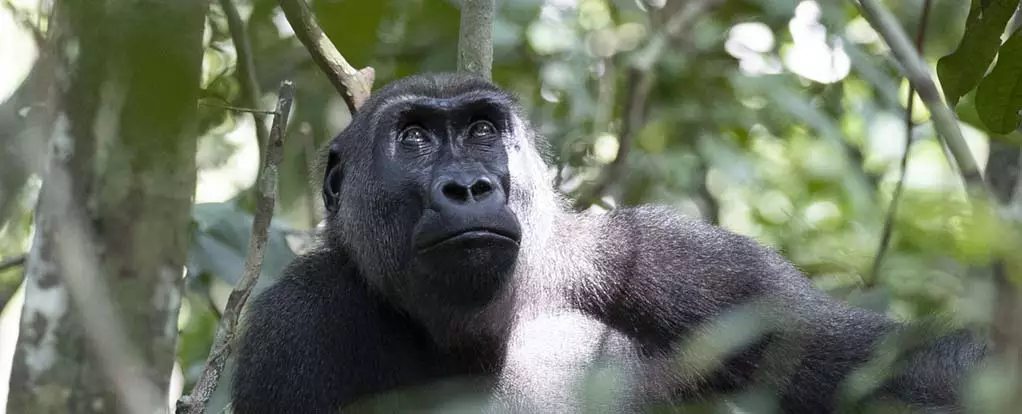The humid rainforest of Moukalaba-Doudou National Park in Gabon is an enchanting ecosystem, housing an impressive array of flora and fauna. This lush environment is not only vital for the survival of numerous species, including the elusive western lowland gorilla, but also serves as a natural pharmacy for human inhabitants who have long turned to its resources for nourishment and healing. Recent scientific inquiries have unveiled the pharmacological potential of plants traditionally utilized by local communities, thus bridging indigenous knowledge with modern scientific research.
Research conducted by bacteriologists Leresche Even Doneilly Oyaba Yinda and Richard Onanga emphasizes the significance of empirical wisdom passed down through generations of traditional healers. Their investigation seeks to validate these age-old practices through rigorous scientific method. With a focus on various plants frequently incorporated into local treatments, the research not only scrutinizes the therapeutic efficacy of these plants but also highlights a remarkable parallel between human medicine and the foraging behaviors of great apes.
In a revealing study carried out in 2022, interviews with residents bordering the national park divulged how certain plant species are employed in treating ailments, confirming that both gorillas and humans share a lexicon of medicinal flora. This shared affinity for specific plants raises compelling questions about the origins of medical knowledge and the interrelationship between humans and primates. Could it be that both have tapped into the inherent healing properties of the forest?
The research team set out to analyze the medicinal qualities of four key tree species: the kapok tree (Ceiba pentandra), the giant yellow mulberry (Myrianthus arboreus), a particular ficus subspecies, and African teak (Milicia excelsa). Rigorous testing revealed that these plants not only possess antimicrobial properties but also demonstrate significant antioxidant potential. Notably, extracts from the fromager tree were found to exert exceptional antibacterial effects, effectively combating various strains of multidrug-resistant Escherichia coli.
The discovery of potent bioactive compounds such as phenols, alkaloids, flavonoids, and proanthocyanidins further underscores the medical worth of these tree species. Although these results are promising, it is essential to approach the findings with caution. The methods of preparation, varying from ethanol to water extraction, displayed differing antioxidant levels, indicating that more research is needed to standardize these applications for medicinal use.
While the therapeutic implications of the plants studied signify hope for addressing pressing public health challenges—particularly concerning diseases related to oxidative stress and E. coli infections—proposed remedies should not be indiscriminately adopted. The absence of clinical trials brings to light concerns regarding efficacy and safety. It remains uncertain if gorillas intentionally consume these plants for health benefits or if they merely take advantage of the nutritional value they provide.
Understanding the role of zoopharmacognosy, or the behavior through which animals self-medicate using environmental resources, is crucial for further unraveling the ecological wisdom embedded in animal behavior. The inferences drawn from these observations could lead to innovative therapeutic paths, yet the assumption that gorillas are utilizing these plants in a manner akin to human medicine should be carefully scrutinized.
The revelations stemming from this research highlight the critical necessity for the conservation of habitats such as Moukalaba-Doudou National Park, paramount for the preservation of biodiversity. Every plant species within this rainforest serves not only an ecological function but also holds potential for bioprospecting efforts aimed at discovering new pharmacological compounds. The relationship between humans, gorillas, and native plants encapsulates a broader dialogue on the intersection of culture, medicine, and environmental stewardship.
As we delve deeper into uncharted biological territories, the paramount task ahead is to leverage these findings responsibly while advocating for the protection of natural ecosystems. The synergy of traditional knowledge and modern science can pave the way toward a more profound understanding of health, medicine, and the importance of conserving our planet’s rich biodiversity. The whispers of the rainforest might just hold keys to both human and animal wellness.


Leave a Reply